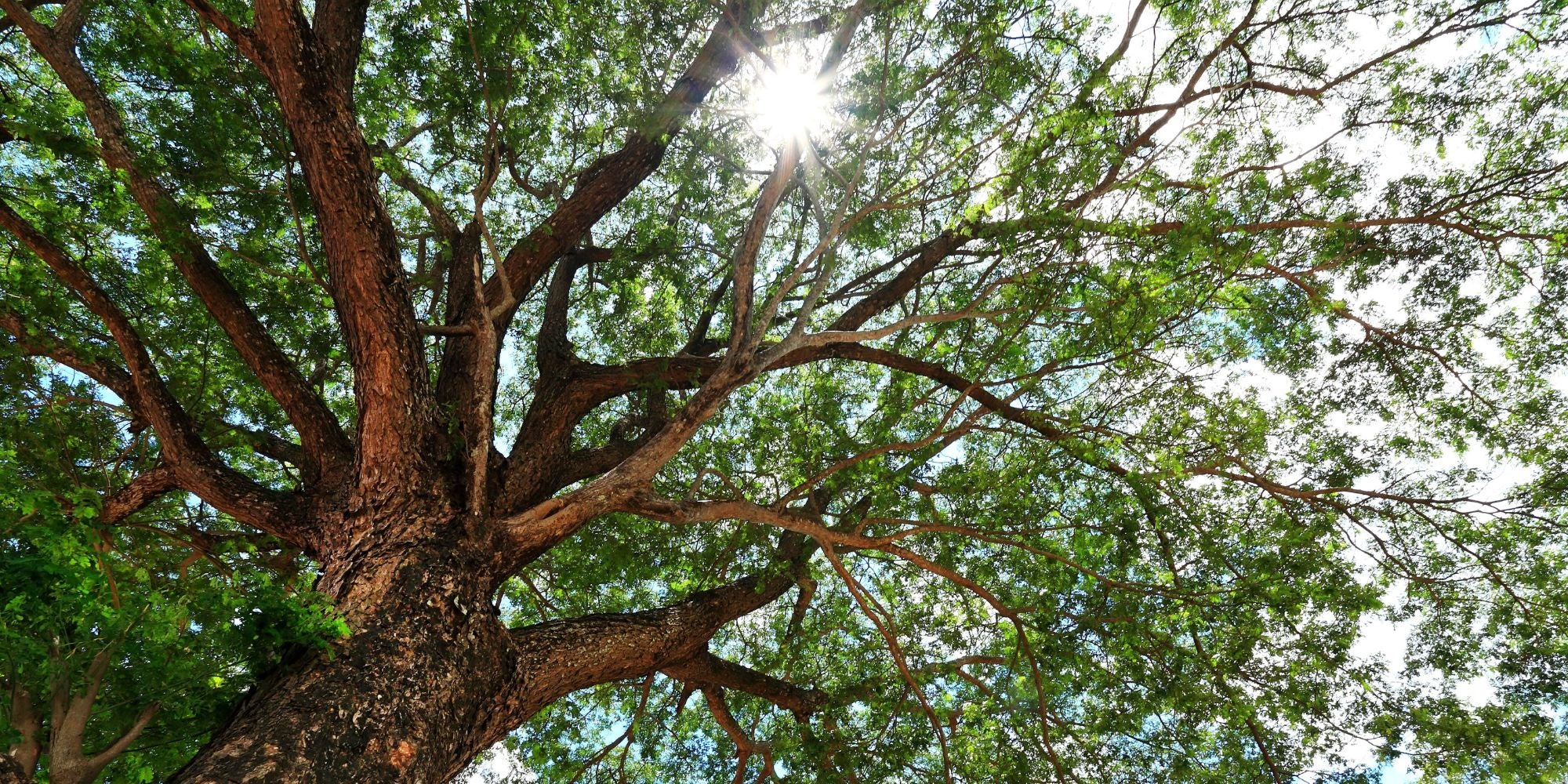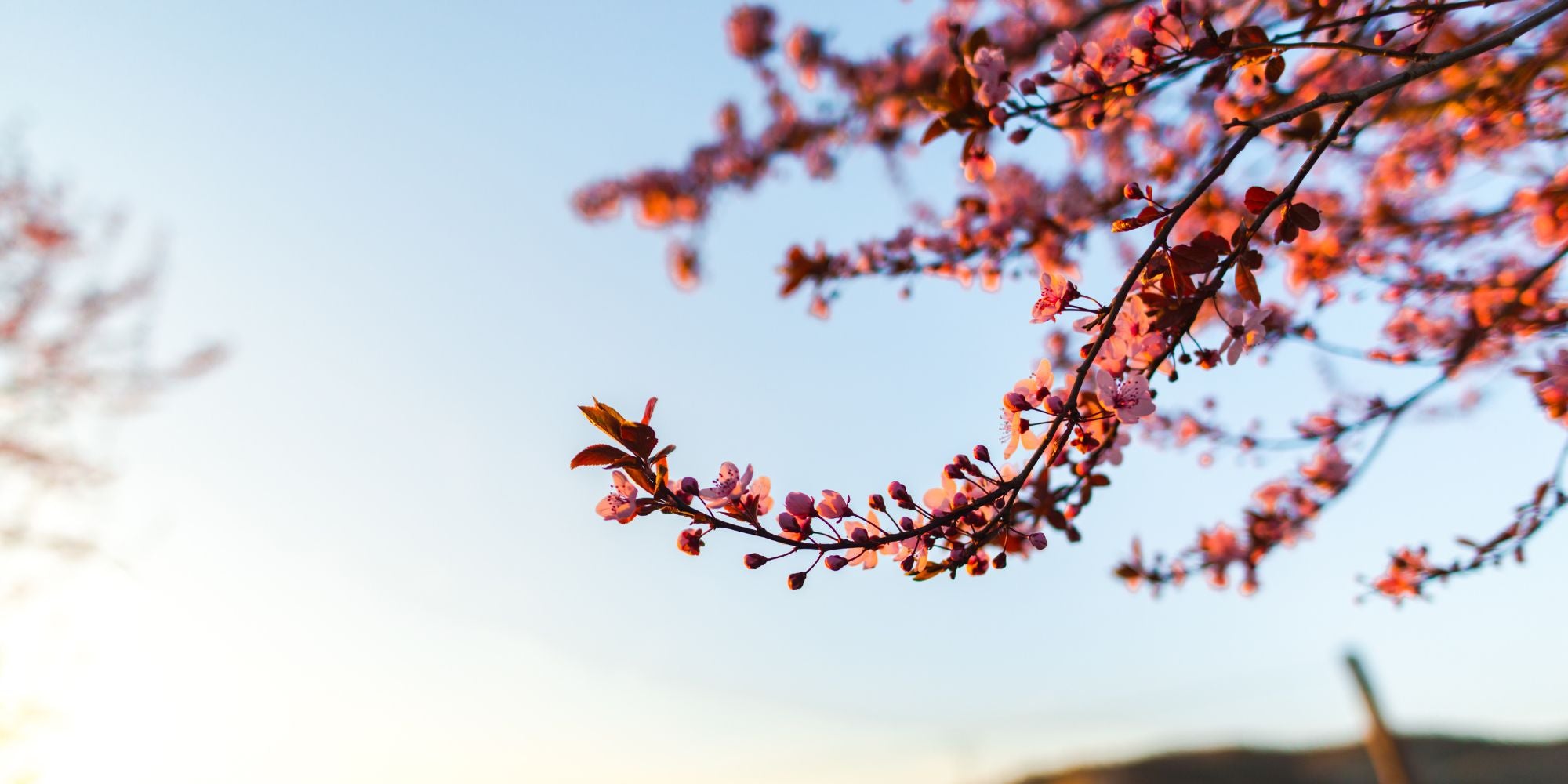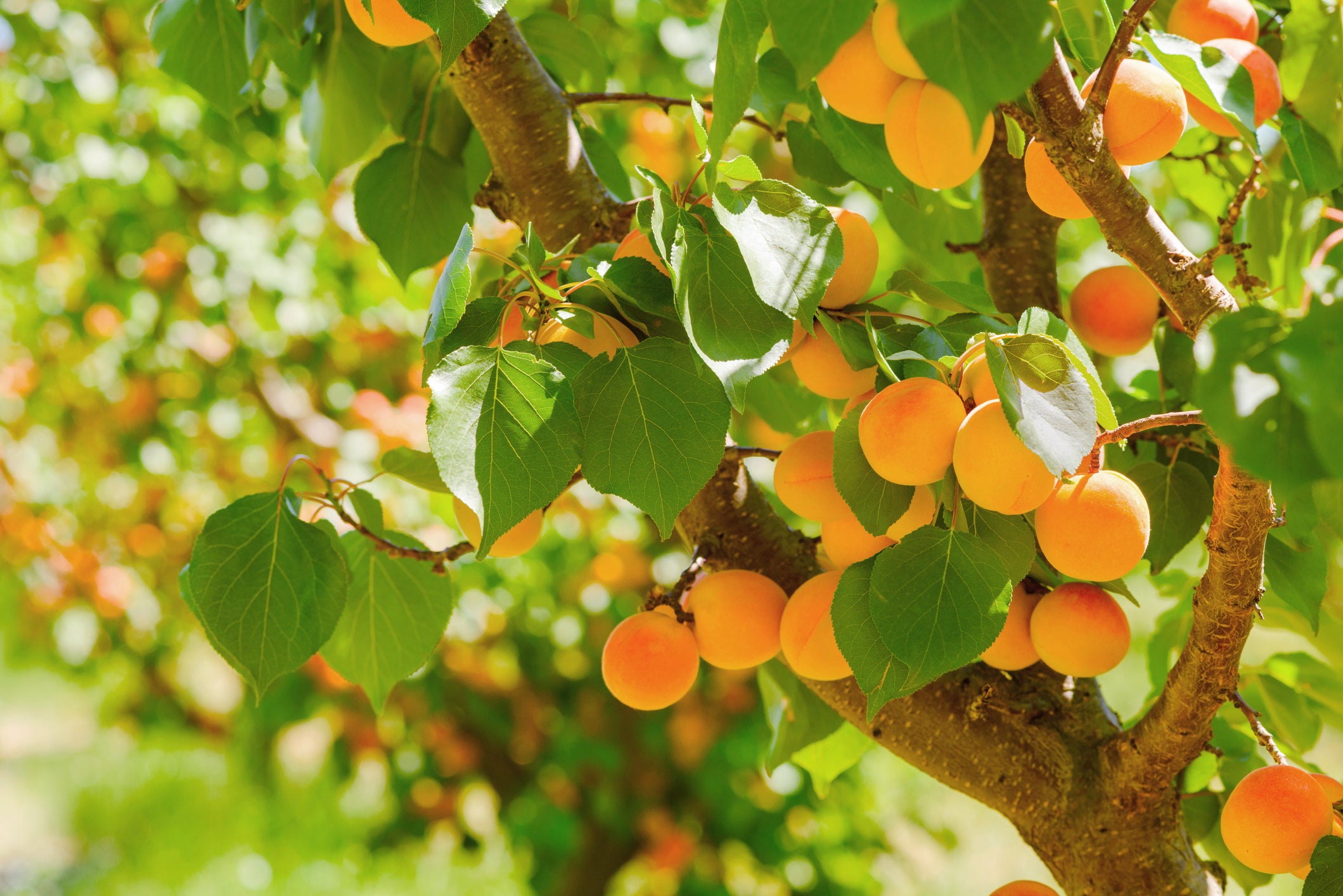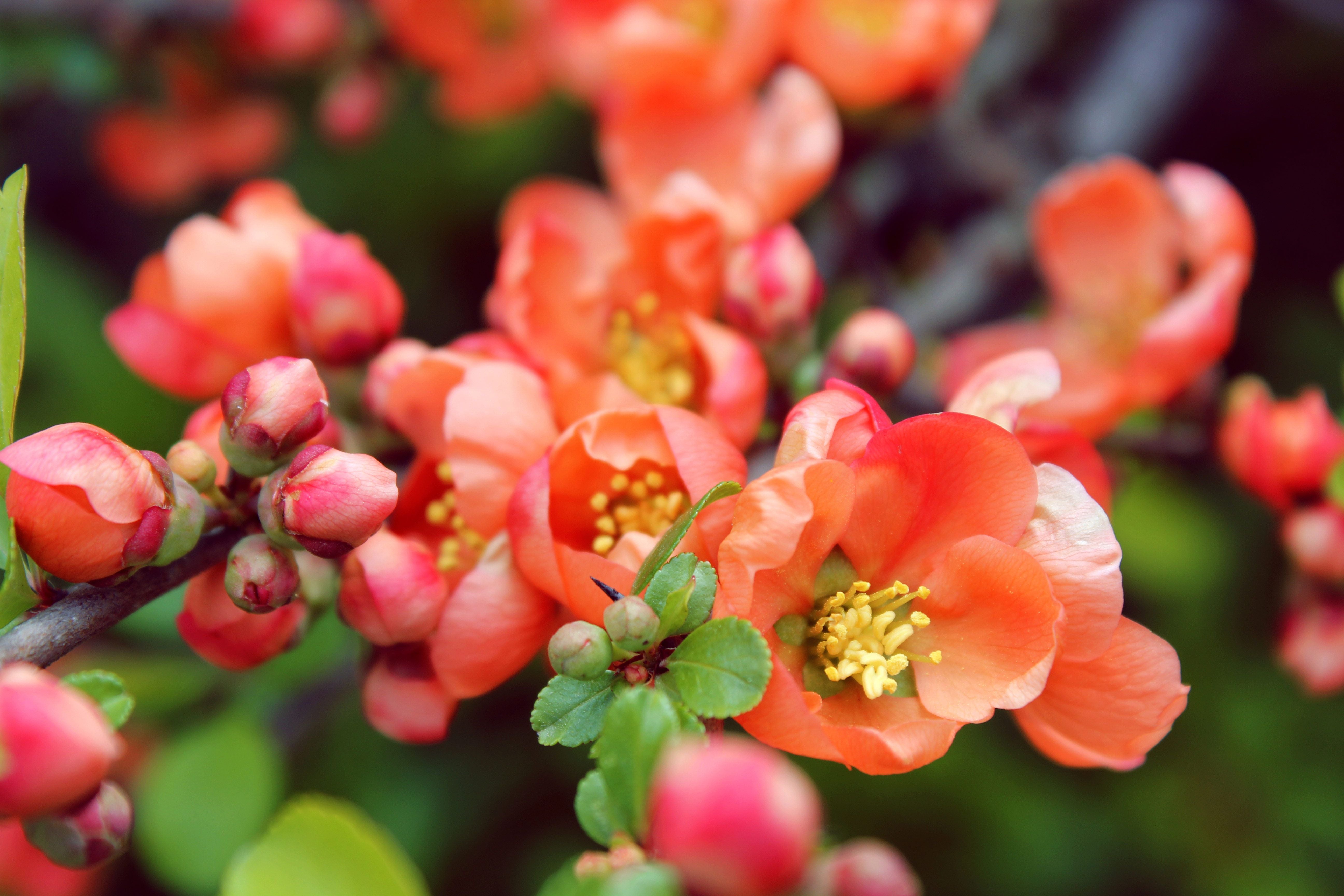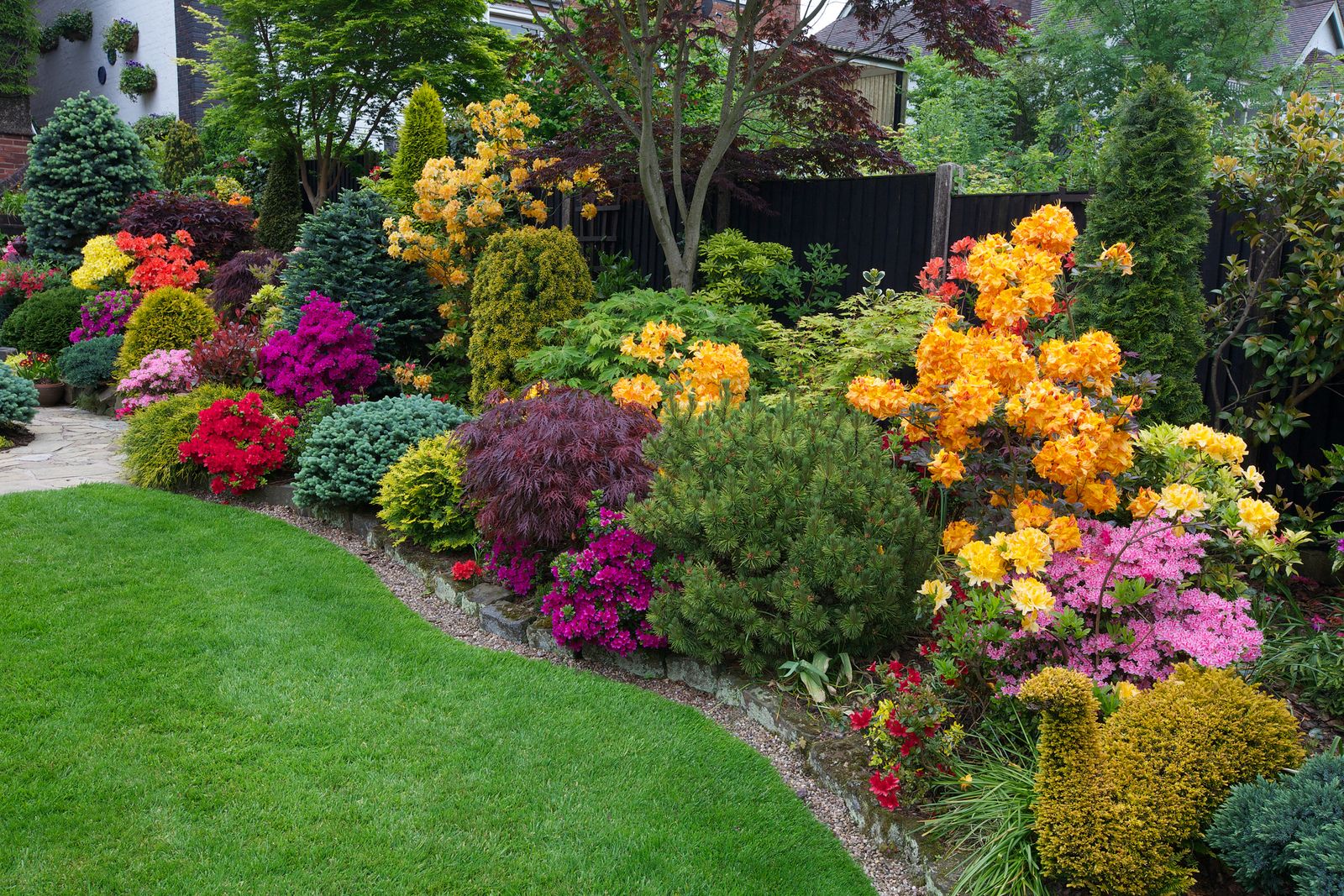How To Plant And Care For Apple Trees: A Beginner's Guide

Planting apple trees in your yard not only enhances the landscape but also provides fresh fruit and beautiful spring blossoms. If you are a beginner looking to grow these fruitful trees, understanding the basics on how to plant apple trees is crucial. This guide will walk you through the necessary steps for planting and caring for apple trees.
Choosing the Right Location
The first step in planting apple trees is choosing an ideal location. Apple trees require a spot that receives full sunlight for at least six hours a day. The location should also be well-drained as standing water can lead to root diseases.
Avoid planting your apple trees in frost pockets, which are low areas where cold air settles. Frost can damage the blossoms and reduce the fruit yield. Instead, select a higher area that tends to be warmer.
Soil Preparation
Apple trees thrive in sandy loam soils that are well-drained. Before planting, test the soil to ensure it has a pH between 6.0 and 6.8, which is slightly acidic. If the pH is not within this range, it can be adjusted using soil amendments.
Dig a hole that is three times wider than the root ball of the tree and just as deep. Mix the removed soil with aged compost or manure to enrich it. This will help the tree establish itself more quickly.
Planting the Tree
When you are ready to plant, remove the tree gently from its container, taking care not to damage the root ball. Place the tree in the prepared hole, ensuring that the root ball top is on par with the soil surface. Backfill the hole with the soil and compost mixture, pressing down lightly to eliminate air pockets.
Water the tree thoroughly after planting to settle the soil around the roots. This initial watering is vital for removing air gaps and providing moisture to the roots.
Watering and Mulching
Proper watering is essential, especially during the first year of growth. Water the tree deeply once a week, allowing the soil to dry out between waterings. This helps prevent over-watering, which can be as harmful as under-watering.
Apply a layer of mulch around the tree's base for weed suppression and moisture conservation. Ensure the mulch is not in direct contact with the trunk to avoid rot. A 4-inch layer of organic mulch such as straw or bark chips is ideal.
Fertilizing Your Apple Tree
Fertilize your apple tree only after it has been established for a year to avoid burning the roots. Use a balanced 10-10-10 fertilizer or an organic equivalent. Spread the fertilizer evenly under the canopy, but not against the trunk.
The best times to fertilize depend on your climate zone. In colder zones, once a year in early spring is sufficient. In warmer zones, three times a year may be necessary to support growth.
Pruning for Health and Productivity
Pruning is crucial to maintain the health and productivity of your apple tree. Begin pruning in the second year to shape the tree and allow light into the center. Remove any dead, damaged, or diseased branches.
In subsequent years, prune to maintain shape and improve air circulation. This will help reduce the risk of diseases and encourage the production of high-quality fruit. The goal is to create an opening where sunlight can easily reach all parts of the tree.
Dealing with Pests and Diseases
Regularly inspect your apple trees for signs of pests and diseases. Common issues include aphids, apple scab, and powdery mildew. Early detection and treatment are key to managing these problems effectively.
Implement integrated pest management practices such as encouraging beneficial insects and removing infected debris from around the tree. If necessary, use appropriate fungicides or insecticides following the manufacturer’s instructions.
Harvesting and Storing Your Apples
The right time to harvest apples depends on their variety and local climate conditions. Typically, apples are ready for harvest when their background color deepens and the fruit easily detaches from the branch with a gentle twist. Store your harvested apples in a cool, dark place to prolong their freshness and prevent premature ripening.
For long-term storage, keep apples at a consistent temperature just above freezing, ideally between 30-32 degrees Fahrenheit. Apples emit ethylene gas, which can accelerate ripening, so it's wise to store them away from other produce. Using moisture-resistant packaging can help maintain freshness and minimize shriveling during storage.
Long-Term Care and Annual Tasks
To ensure your apple tree remains healthy and productive year after year, establish a consistent routine of care. Annual tasks should include mulching in spring to retain moisture and suppress weeds, and checking stakes and ties for damage or constriction. It's also crucial to refresh the protective mulch layer around your tree each year without piling it against the trunk, which can cause rot.
Monitoring for nutrient deficiencies is important as well. If leaves begin to show unusual colors or poor growth patterns, it might indicate a lack of specific nutrients. Soil tests can help determine what your tree needs, allowing you to tailor your fertilization practices to keep your apple tree thriving and productive.
Special Mention: Honey Crisp Apple Trees
The Honey Crisp variety is particularly popular due to its sweet flavor and crisp texture. Like other apple varieties, it requires similar care but be mindful of its specific needs for pruning and spacing to ensure optimal growth and fruit production.
When planting Honey Crisp apple trees, it's essential to select a location that receives full sunlight and has well-draining soil. These conditions help prevent diseases and promote healthier trees. Additionally, consistent watering, especially during dry spells, is crucial to maintain moisture levels conducive to the tree's health and fruit quality. Fertilizing in early spring can also help boost growth and fruiting in these particular apple trees.
Buy Apple Trees from Tristar Plants
Tristar Plants is known for our wide selection of apple trees which you can easily grow in your own backyards. We make sure that with our plant choices, you get to grow your garden as well, while having ready-to-eat produce for your family. Browse our pages to know more about what we offer.


